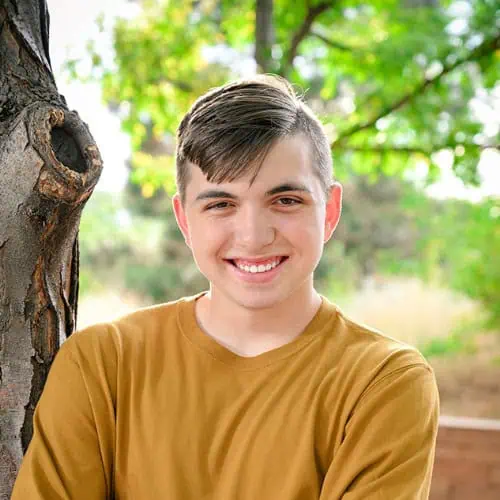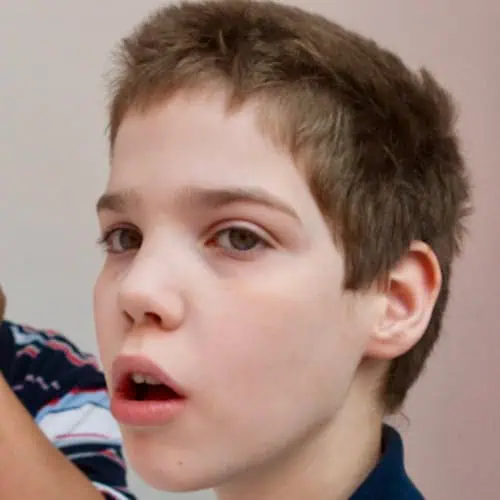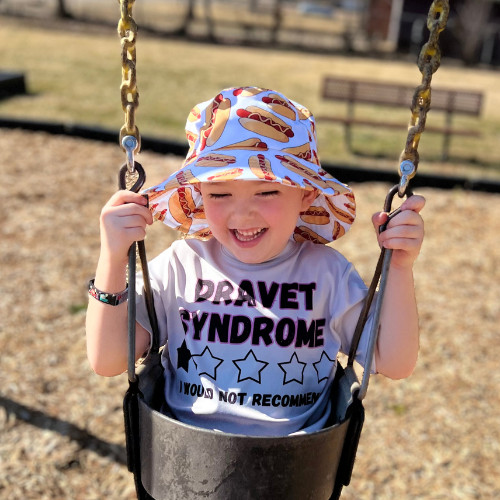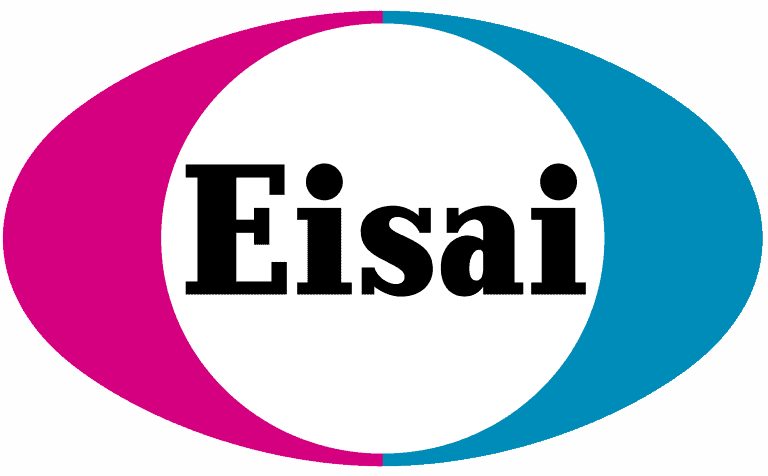Tell us about yourself and the Dravet patient in your life
I am one of the founding members of the Dravet Syndrome Foundation (DSF) and have had the privilege of serving as the Executive Director since 2012. This cause is deeply personal to me, as my youngest son, Elliot, is living with Dravet syndrome.
Although Elliot is now an adult, his developmental level is more similar to that of a 4-5-year-old, depending on the task. He faces daily challenges, but despite the struggles, he is sweet and loving and has an incredible sense of humor that brightens our days.
When did the patient’s seizures begin?
Elliot was born in February 2000 following a healthy, uneventful pregnancy. At 6 months old, he experienced his first seizure, which lasted over 90 minutes. The next morning, he woke up in the hospital and was back to his usual self. The physician on duty diagnosed it as a febrile seizure and reassured us that he was unlikely to have another. Unfortunately, just a few weeks later, he had another prolonged seizure, and soon after, began experiencing multiple prolonged seizures each month. By 18 months, he also started having hundreds to thousands of myoclonic seizures on most days.
We spent three days at a children’s hospital, undergoing numerous tests, all of which came back normal. His EEG appeared normal, and aside from the seizures, his development remained on track. We left with a diagnosis of idiopathic epilepsy. At one point, his neurologist recommended seeking a second opinion, as each medication she prescribed had the opposite effect of what was expected. While considering our options, in 2004, she presented Elliot’s case at a small roundtable discussion, where a new epileptologist, Dr. Linda Laux, suggested the possibility of Dravet syndrome. After meeting with Dr. Laux, the diagnosis was confirmed clinically at age 4 and later verified through genetic testing.
What is your hope for the future your loved one? For the Dravet community?
We are on the cusp of potentially disease modifying treatments, with two clinical trials underway in 2024. The option of a treatment that could potentially reduce or eliminate seizures, as well as offer some level of disease-reversal would represent a profound breakthrough for individuals with Dravet syndrome and their families. It could change Dravet syndrome from a profoundly life-altering and debilitating condition into a more manageable challenge, providing the opportunity for patients to live more fulfilling and independent lives.
My hope is that in the next several years we will see these, and other treatments, receive FDA approval and become widely available. This would be a significant step forward in improving the lives of those affected by Dravet syndrome and other similar conditions.
What advice do you have for newly diagnosed Dravet families?
Connect with DSF to ensure you have the education and support needed to make informed decisions for your loved one, as well as to keep up to date on clinical trials and research opportunities. Being part of such a connected and impactful community has played a crucial role in advancing the field of Dravet syndrome.









